Health Topics
Normal Function
The DHODH gene provides instructions for making an enzyme called dihydroorotate dehydrogenase. This enzyme is involved in producing pyrimidines, which are building blocks of DNA and its chemical cousin RNA. Dihydroorotate dehydrogenase is found in mitochondria, which are the energy-producing centers inside cells. Specifically, this enzyme converts dihydroorotate to a molecule called orotate. In subsequent steps, orotate is modified to produce pyrimidines.
Health Conditions Related to Genetic Changes
Miller syndrome
Several variants (also called mutations) in the DHODH gene have been found to cause Miller syndrome, a rare condition that mainly affects the development of the face, arms, and legs. Most of the variants that cause Miller syndrome change single protein building blocks (amino acids) in dihydroorotate dehydrogenase.
Miller syndrome appears to disrupt the development the pharyngeal arches, which are paired structures that form on each side of the head and neck during embryonic development. These structures ultimately develop into the bones, nerves, and muscles of the head and neck. Though dihydroorotate dehydrogenase appears to be active in the pharyngeal arches during embryonic development, it is not clear exactly how DHODH gene variants lead to the specific facial features seen in people with Miller syndrome.
The bones of the arms and legs often develop abnormally in people with Miller syndrome. During embryonic development, each limb starts out as a small mound of tissue called a limb bud, which grows outward. Though dihydroorotate dehydrogenase appears to be active in the limb buds during early development, it is not clear exactly how variants in the DHODH gene cause the specific bone abnormalities seen in people with Miller syndrome.
Other Names for This Gene
- DHOdehase
- dihydroorotate dehydrogenase
- dihydroorotate dehydrogenase, mitochondrial
- POADS
- URA1
Additional Information & Resources
Tests Listed in the Genetic Testing Registry
Scientific Articles on PubMed
Catalog of Genes and Diseases from OMIM
References
- Biesecker LG. Exome sequencing makes medical genomics a reality. Nat Genet. 2010 Jan;42(1):13-4. doi: 10.1038/ng0110-13. Citation on PubMed
- Brosnan ME, Brosnan JT. Orotic acid excretion and arginine metabolism. J Nutr. 2007 Jun;137(6 Suppl 2):1656S-1661S. doi: 10.1093/jn/137.6.1656S. Citation on PubMed
- Ng SB, Buckingham KJ, Lee C, Bigham AW, Tabor HK, Dent KM, Huff CD, Shannon PT, Jabs EW, Nickerson DA, Shendure J, Bamshad MJ. Exome sequencing identifies the cause of a mendelian disorder. Nat Genet. 2010 Jan;42(1):30-5. doi: 10.1038/ng.499. Epub 2009 Nov 13. Citation on PubMed or Free article on PubMed Central
- Rainger J, Bengani H, Campbell L, Anderson E, Sokhi K, Lam W, Riess A, Ansari M, Smithson S, Lees M, Mercer C, McKenzie K, Lengfeld T, Gener Querol B, Branney P, McKay S, Morrison H, Medina B, Robertson M, Kohlhase J, Gordon C, Kirk J, Wieczorek D, Fitzpatrick DR. Miller (Genee-Wiedemann) syndrome represents a clinically and biochemically distinct subgroup of postaxial acrofacial dysostosis associated with partial deficiency of DHODH. Hum Mol Genet. 2012 Sep 15;21(18):3969-83. doi: 10.1093/hmg/dds218. Epub 2012 Jun 12. Citation on PubMed
- Roach JC, Glusman G, Smit AF, Huff CD, Hubley R, Shannon PT, Rowen L, Pant KP, Goodman N, Bamshad M, Shendure J, Drmanac R, Jorde LB, Hood L, Galas DJ. Analysis of genetic inheritance in a family quartet by whole-genome sequencing. Science. 2010 Apr 30;328(5978):636-9. doi: 10.1126/science.1186802. Epub 2010 Mar 10. Citation on PubMed or Free article on PubMed Central
The information on this site should not be used as a substitute for professional medical care or advice. Contact a health care provider if you have questions about your health.



